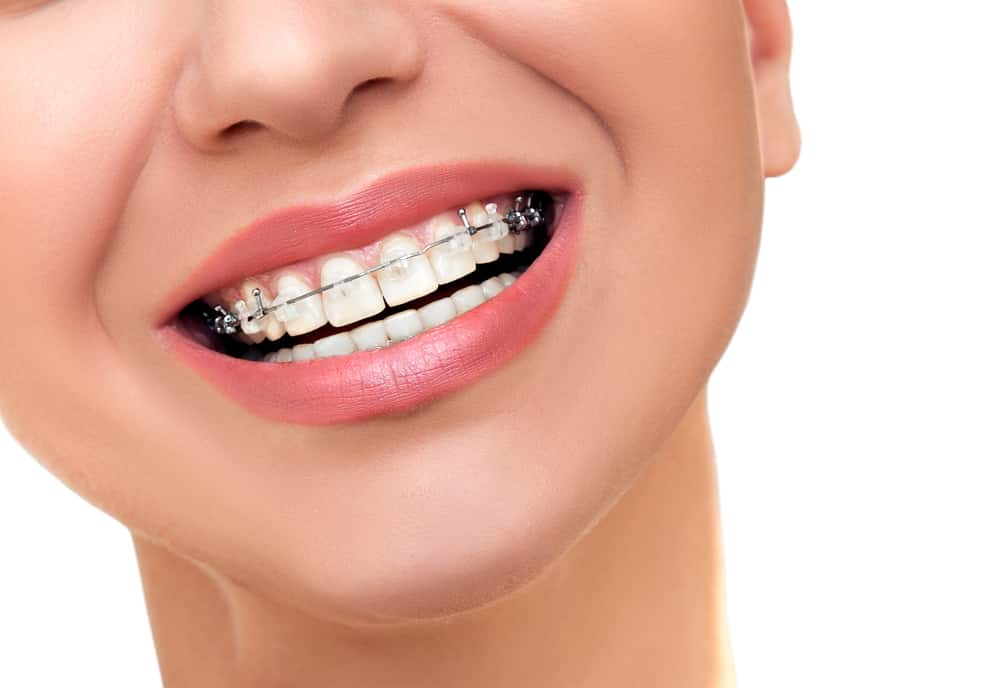On average, it takes two to three weeks for individuals to adjust to wearing braces. But that timeline can vary significantly depending on the individual and their circumstances.
In this article, we’ll explore the factors that influence the adjustment time and provide tips to make the transition easier.
We’ll also discuss when to seek professional help and how to ensure success with braces.
Average Adjustment Time
The average adjustment time for a brace-wearer can vary widely depending on the individual. Generally, traditional braces require a few weeks of soft foods, followed by the introduction of solid food as the teeth and mouth adjust to the arch wires, elastic bands, and other components of the braces.
During this period of adjustment, there can be some initial discomfort that can be reduced by gently rinsing the mouth with warm salt water or ice water, as well as following the hygiene recommendations of the orthodontist. Treatment time can be reduced significantly by following the instructions of the orthodontist in terms of diet and oral hygiene and making sure to wear the suggested elastic bands if needed.
It is also important to make sure that the braces are kept clean and in good condition. Generally, adjustment to braces can take anywhere from a few days to a few weeks and should not interfere with life too much during the period of adjustment.
Factors That Influence Adjustment Time
How significantly can factors such as diet, oral hygiene, and elastic bands affect the adjustment time for a brace-wearer? During the orthodontic treatment, metal braces are used to move the teeth and achieve the desired result. To ensure minimal discomfort throughout the adjustment period, elastic bands, braces wires, and an ice pack can be utilized. Additionally, following the tips given by the orthodontist, such as avoiding hard and sticky foods, brushing and flossing regularly, and immediately reporting any broken wire, will aid in minimizing the adjustment time.
Therefore, it is important to understand that the following factors can significantly influence the adjustment time:
- Taking extra care of the metal braces
- Eating a healthy diet
- Practicing good oral hygiene
- Wearing the elastic bands as prescribed
Tips for Making the Transition Easier
Although adjusting to metal braces can be difficult, there are several tips that can make the transition easier.
Following a treatment plan from your orthodontist is the best way to ensure that you end up with a healthy, straight smile.
Eating softer foods like mashed potatoes, yogurt, and ice cream can help to reduce sore teeth and mouth sores.
In addition, it is important to keep your teeth and gums clean by brushing and flossing, and a floss threader can help to make it easier to maneuver around the braces.
If you opt for ceramic braces, be aware that they are more fragile and require special glue to hold them in place.
Lastly, avoid eating with a spoon, as this can cause the braces to break.
With these tips in mind, you will be able to adjust to metal braces more quickly and comfortably and can look forward to a beautiful, healthy smile.
When to Seek Professional Help
Although adjusting to metal braces can be difficult, it is important to understand when to seek professional help. In order to ensure smooth sailing, it is important to take proper dental care. Some signs that professional help may be necessary include:
- Initial Pain that does not go away after rinsing with warm water
- Constant pressure or discomfort after eating soft or cold foods
- Difficulty with eating or speaking
- Orthodontic emergencies that arise on a regular basis
It is important to take precautionary measures such as avoiding hard or sticky foods and chewing sugar-free gum to help reduce the risks of needing to seek professional help.
If any of the above signs are present, it is important to contact an orthodontist right away. They can provide expert advice and help make the transition easier.
Tips for Bracing Success
Although adjusting to metal braces can take a bit of time, there are some tips that can help make the adjustment process smoother. Custom braces are designed to fit the individual’s teeth and can be adjusted by a professional if needed.
It is important to avoid sticky foods, like caramel and gum, as they can cause the braces to come loose. Likewise, hard or chewy foods, such as nuts and doughy foods, should be avoided. Soft tissues, such as cooked vegetables and soft fruits, are best as they are easier to chew and won’t damage the braces.
If the braces irritate the inside of the mouth, orthodontic relief wax can be used to cover any sharp edges. It is also important to use a cotton swab after each meal to clean out the food that gets stuck in the braces. Additionally, using ‘brace breakers,’ which are specially designed tools, can help remove food particles from hard-to-reach places.
With the right care and attention, metal braces can help achieve a beautiful smile in no time.
Key Takeaways
Braces can be a difficult adjustment for many people. However, with the right tips and understanding, the process of transitioning can be made easier. It is important to be patient and to seek professional help when needed.
Ultimately, by utilising the previously discussed strategies and understanding the factors that influence adjustment time, breaking down the brace barrier can be done in a timely and successful manner.
Through simile, the transition can be thought of as a journey. And with determination, the destination of a beautiful smile can be achieved.
If you’re looking for assistance with your brace transition, All About Dental is the perfect place to start. Our dentists in Engadine, NSW can provide you with the right advice and support to help make the process as smooth and successful as possible. Don’t let the brace barrier stop you from achieving the perfect smile – contact All About Dental today!





